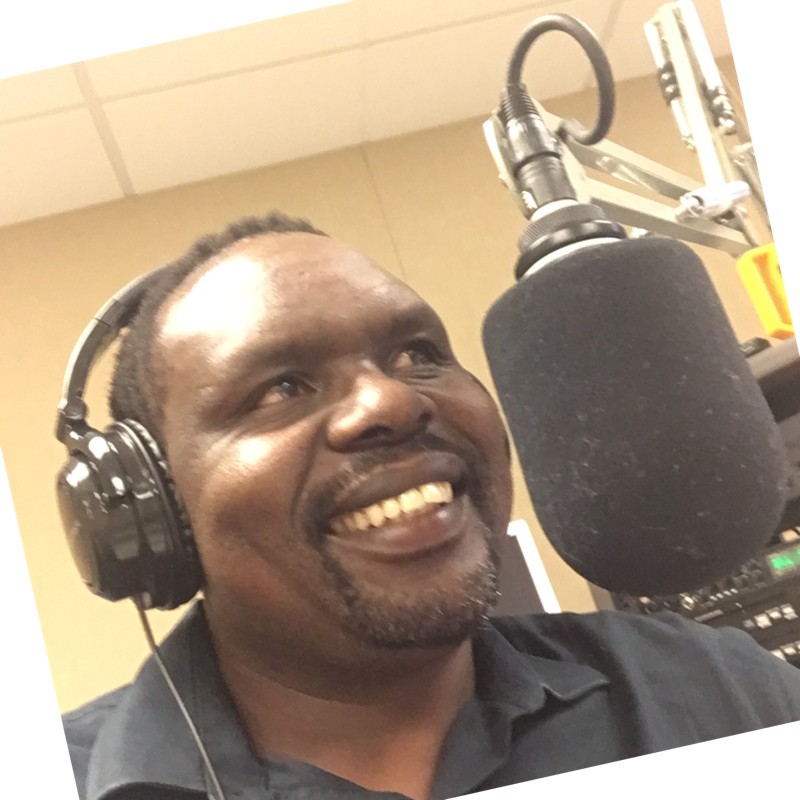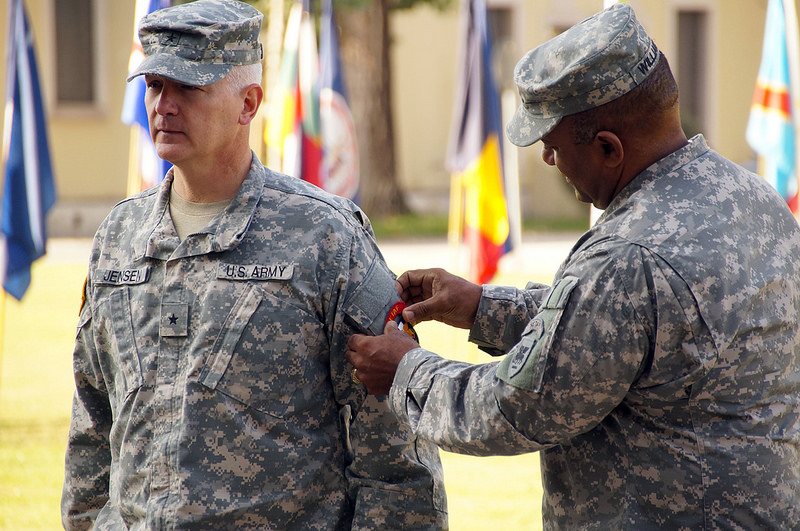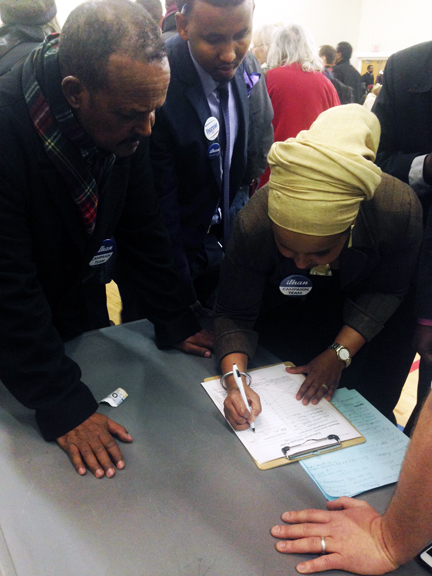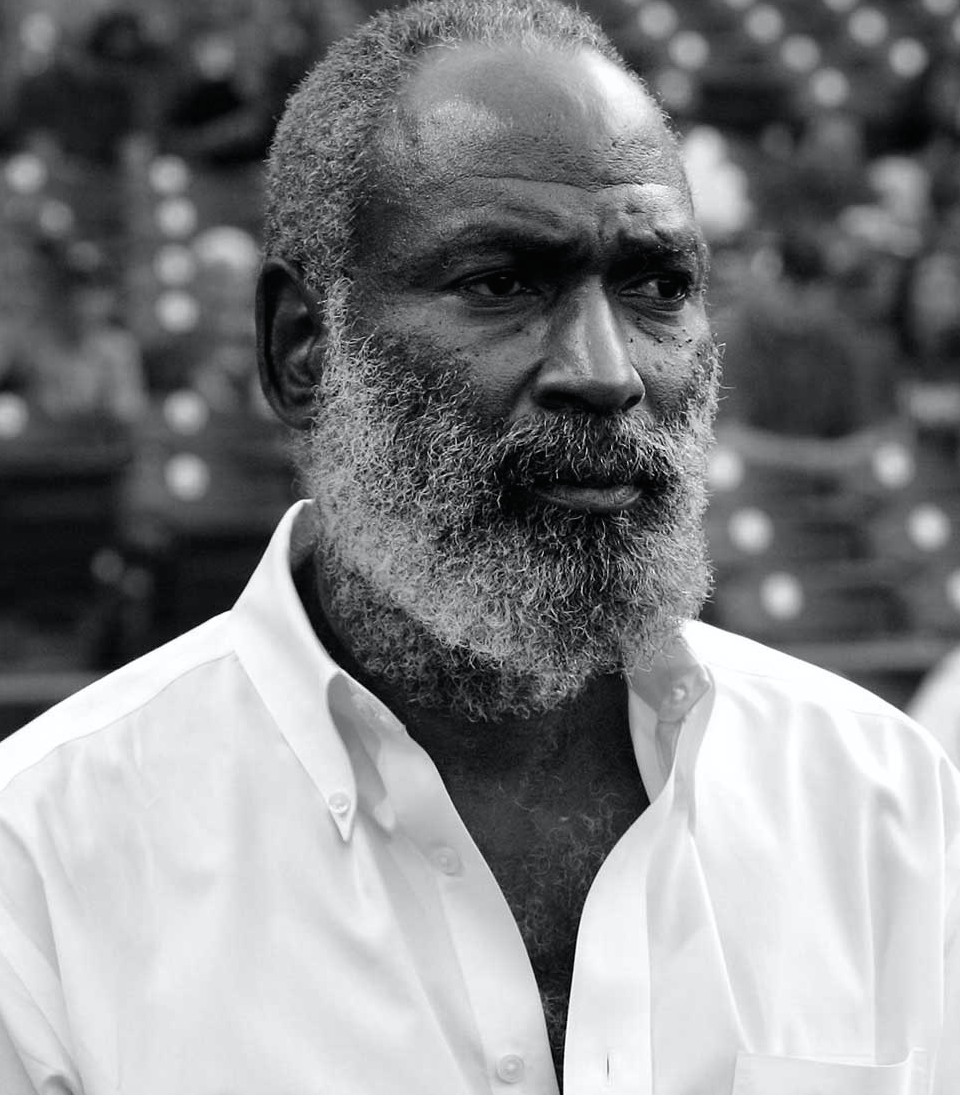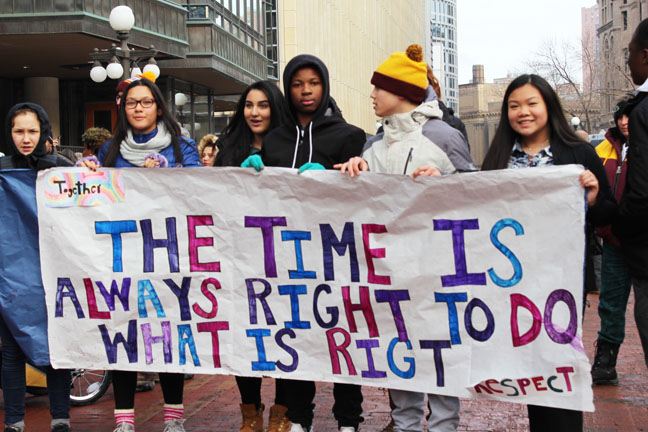The state boasts one of the fastest growing minority populations in the United States but communities – new and old – face monumental challenges.
Minnesota’s face has indeed changed demographically since its founding 150 years ago, but the state still lags behind in the area of equality and social justice, University of Minnesota scholars said at a sesquicentennial celebration yesterday.
“It is a milestone that will be surrounded by public ceremonies and symbolism, but what might we make of it on the ground?” asked Rose M. Brewer, a professor of Afro-American and African Studies. “Surely, it demands our toughest scrutiny and coming to grips with our challenges ahead. We need to articulate in this state the clearest vision of what is possible.”
Minnesota is still less diverse than the nation, but state demographers say its minority population is increasing at a rate higher than most states. In 2000, 9 percent of the state’s estimated 5million people identified themselves as nonwhite. It was projected in 2005 that by 2010 Minnesota’s population will increase by 255,000 people, 38 percent of whom will be people of color. Minnesota has the largest Hmong,Somali and Liberian communities in the United States.
As the face of Minnesota changes, immigrants and other people of color are having difficulties to fitting in. Although the state is a destination for refugees, second only to California, government social services and educational agencies have been slow to adjust to the new wave of new residents, leaving Minnesota’s minority communities isolated in areas where economic growth is limited. Institutions like the University of Minnesota, which is still far from making its campuses reflect the face of the state, are looking for ways to ensure that the institution admits students from minority communities.
But Brewer said that while state and local governments had shown willingness to find ways to make immigrants feel at home, they had ignored the African-American population.
“We have given a lot of attention to our new citizens and non citizens who have come to the state from the [African] continent, but we have give less attention to the descendants of African slaves, who continue to make up the majority of the population of African-Americans in the state,” said Brewer who is also the coauthor of “The Color of Wealth,” a book about racial disparities in wealth. “This is not a competitive articulation, but it is to say that there is a debt owed. We need to think about a population that in fact has been in the state for a very long time – over 200 years.”
Erika Lee,an associate professor of History and Asian American Studies at the Twin Cities campus, said that the surge in the immigrant population in Minnesota and the United States in general had triggered widespread opposition from a country that takes pride in being a nation of immigrants.
“When Americans refer to themselves as a nation of immigrants, they mean only those immigrants of the early 20th century who came predominantly from Europe,” Lee said. “Today’s immigrants are not always included in the popular and legal understanding of what it means to be an American.”
Lee said the Department of Homeland Security’s increased use of local police and sheriff’s departments in enforcing immigration laws posed a new challenge to foreign-born people in the country.
“The question that faces the nation, and especially Minnesota in the 21st century, is what kind of state, what kind of nation will we be in terms of immigration?” Lee said.
Louis Mendoza, an associate professor and chair of the Department of Chicano Studies,called for a clear understanding of the history of Latinos in America. He said Latino immigrants continue to encounter opposition based on the faulty belief that they don’t want to become Americans.
“One of the other concerns is these myths of cultural separatism, that we don’t want to be part of the country, that we don’t want to assimilate,” Mendoza said.
Mendoza said the myths tended to focus only on language, inter-cultural marriages and businesses.
“There is no evidence that Latinos do not want to learn English,” he said. “In fact most people are aware that English is the language of commerce.”
The forth member on the panel, Linda Glover, who teaches American Indian History at the university’s Duluth campus, said that although her Ojibwe people were indigenous to the American continent, they migrated to Minnesota 500 years ago.Glover said that Indian Americans faced similar challenges as other people of color.
Glover said Indian boarding schools, started by the U.S. government to curb “the Indian problem” (uprising) by taking native children away from their parents, disrupted and fractured American Indian culture. Since the passing of the Indian Reorganization Act of 1934 that began the dismantling of the boarding schools, American Indians had not quite been integrated into the American public schools, she said.
“We are still dealing with about a 50 percent graduation rate for native students nationwide and in Minnesota,”Glover said. “We have an uphill battle. It’s a long way to go.”
About Edwin Okong'o - Mshale Contributing Editor
Edwin Okong'o is a Mshale Contributing Editor. Formerly he was the newspaper's editor.

